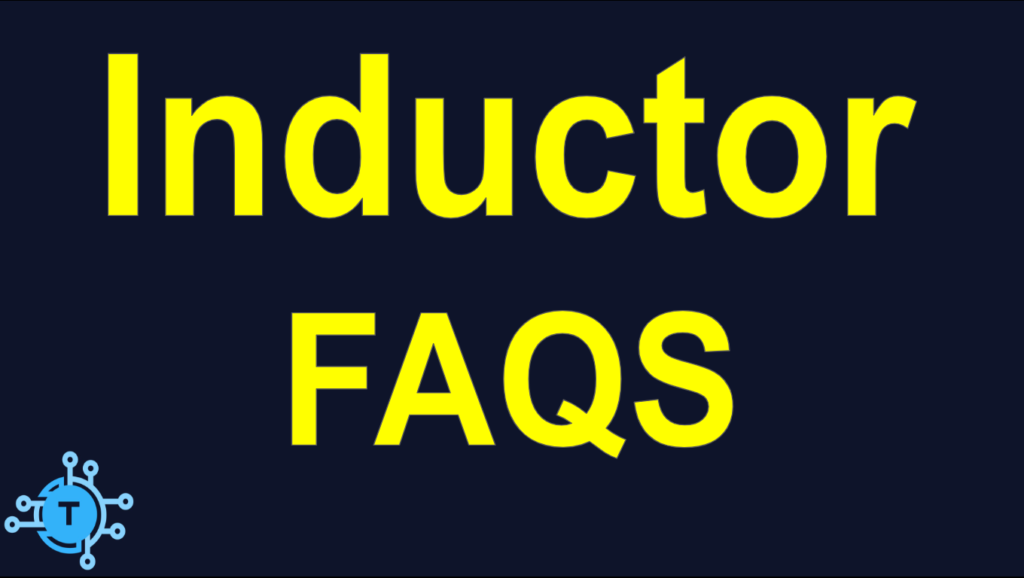
Frequently Asked Questions about Inductors is another in a series of FAQS about electricity and electronics that are oriented toward Appliance Technicians and HVAC Technicians.
Frequently Asked Questions about Inductors
Q. What is an inductor?
A. It is an AC device that stores electrical energy in the form of a magnetic field.
Q. How is an inductor constructed?
A. In its most basic form, it is a coil of wire, with some type of a core, such as air, iron, or some other material.
Q. How is inductance measured?
A. In Henries.
Q. What are the key specifications of an inductor?
A. Inductance, current, and DC resistance.
Q. What is an inductor used for?
A. Among other functions, it used for RF filtering, to filter out power supply ripple, and cause phase-shifting between voltage and current.
Q. How do inductors behave in circuits?
A. They resist changes in current, which causes a phase shift between current and voltage, where the voltage leads and the current lags (voltage happens first, then changes in current through the inductor happens next).
Q. How do inductors oppose current flow?
A. Since they resist changes in current, they develop a voltage across them that opposes the source that is attempting to change that current. This opposition to current flow is called capacitive reactance and is a component of impedance. The faster you try to change current, the more the inductor reacts. Thus you can say that inductive reactance is proportional to supply frequency.
Q. What are some different types of inductors?
A. Air core, ferrite core, iron core, brass core, RF, line filter, and toroid.
Q. How do inductors fail?
A. Common failure modes are shorted windings, and an open condition (burnt/severed coil wire).
Q. How do you test inductors?
A. With an inductance meter or LCR meter.
Q. How do inductors combine to increase or decrease inductance or current rating?
A. For two series inductors, the current rating stays the same, while the equivalent inductance is the sum of the two inductances. For two parallel inductors, the final currents rating add together. The equivalent inductance is always lower than the lowest value inductor and can be calculated in the same way as parallel resistors, which is by using the product over the sum formula.
To donate to the Tech Circuit – CLICK HERE
For additional electrical and electronics learning material for field techs, visit our homepage at http://www.TechCircuit.org or our Facebook group at https://www.facebook.com/groups/746823709133603 or our YouTube Channel
at https://www.youtube.com/@TheTechCircuit
TC
We are a participant in the Amazon Services LLC Associates Program, an affiliate advertising program designed to provide a means for us to earn fees by linking to Amazon.com and affiliated sites.
